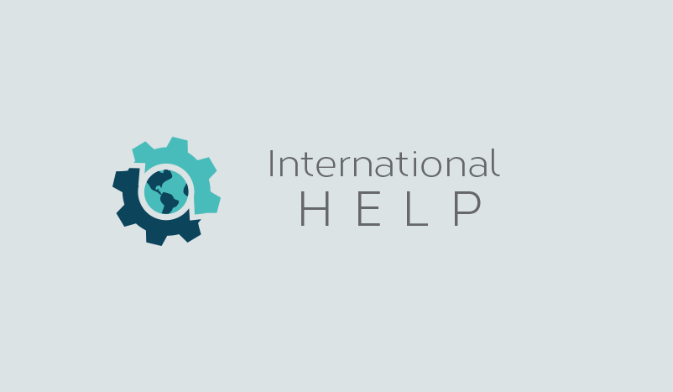International Help

Role
Web Development & Data Analysis
Skills
Data analysis & visualization
Timeline
May 2024 - August 2024
Tools
Google Data Studio
Python (Pandas, NumPy)
SQL
Overview
In the Summer of 2024, I joined International Help, a nonprofit organization dedicated to combating preventable diseases in underserved communities worldwide. The organization empowers local individuals with knowledge and the tools to become healthcare leaders, aiming to end preventable deaths through community-based education.
I worked on a small team focused on data analysis and UI web development. The team was responsible for collecting and organizing data from previous projects and curating follow-up questionnaires for volunteers and project leads after projects concluded.
My role was split between data analysis and UI development, where I worked on data management, visualization, and website optimization.
Visual Mapping Tool
One of my key contributions was the development of an interactive responsive mapping tool designed to visualize the impact of International Help’s initiatives. Previously, generating statistical reports on health worker deployment and project outcomes required extensive manual work and provided limited interactivity. I created an interactive dashboard that allowed project leads to easily explore health worker deployment density, disease reduction rates, volunteer participation, and other critical metrics. This tool enabled real-time insights, supported informed decision-making, and significantly improved the organization's ability to evaluate and communicate the effectiveness of its health programs.
Technical Implementation
Building the interactive mapping system involved multiple technical steps. Initially, datasets were fragmented and contained inconsistencies, including missing values, duplicate entries, and inconsistent naming conventions. All the data was initially in CSV format, so I converted it into dataframes using Python with Pandas and NumPy libraries to preprocess, clean, transform, and merge multiple datasets from Google Sheets. I then designed and implemented automated SQL queries to continuously feed real-time updates into Looker Studio dashboards, removing the need for manual data refreshes.
Query Optimization
During data analysis, I discovered that existing queries took a long time to run, often exceeding two minutes due to multiple join operations combined with embedded conditional logic and large unfiltered datasets. To address this issue, I rewrote over 15 queries, simplifying their logic and removing unnecessary computations. As a result, average query execution time was dramatically reduced from approximately three minutes to just 22 seconds.
Website Updates
With the data analysis completed, I moved onto the website updates, collaborating with the lead front-end developer to redesign two pages: the Projects and Donation pages. This involved creating mock-up designs and gathering relevant metrics. After approval of the designs, I updated metrics, text, and images, and began implementing plans to embed the mapping tool directly into the Projects page.
Cross-Functional Collaboration
Teamwork was another significant aspect of my internship. I regularly collaborated with data analysts to identify inefficiencies and inconsistencies within our data pipelines. Together, we developed validation rules and automated checks to prevent recurring data-quality issues, such as incorrect labeling of critical metrics like malaria rates. Additionally, I worked closely with project leads and field teams to refine questionnaires, gather their perspectives, and collect direct feedback about user experience and metrics. This feedback directly guided my UI design choices, ensuring the final product was both practical and intuitive.
Design Documents
Throughout the project, I created technical specification documents that detailed the goals, requirements, trade-offs, and scalability considerations for the mapping tool. These documents compared potential tools such as Looker Studio and Tableau, clearly outlining why Google Data Studio was chosen, including considerations of cost, ease of integration, and scalability benchmarks. My documentation provided clear guidance for future developers and analysts, ensuring maintainability and effective knowledge transfer.
Final Deployment & Testing
Once the mapping tool and website updates were ready, I moved on to the deployment stage. This involved carefully embedding the interactive dashboard into International Help’s live website, making sure it looked consistent and performed well across different browsers and devices. I tested to catch and fix any issues with data loading, visualization accuracy, and user interactions, like filters and real-time updates. This process took several rounds of adjustments to ensure smooth performance, quick loading times, and accurate displays of health worker data.